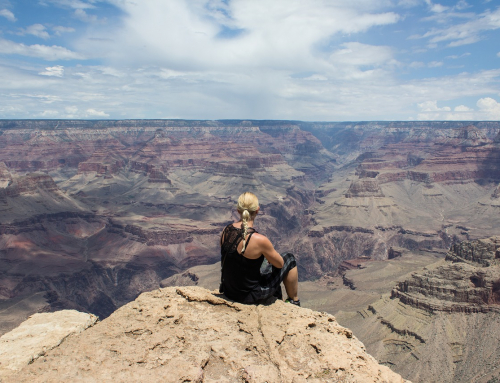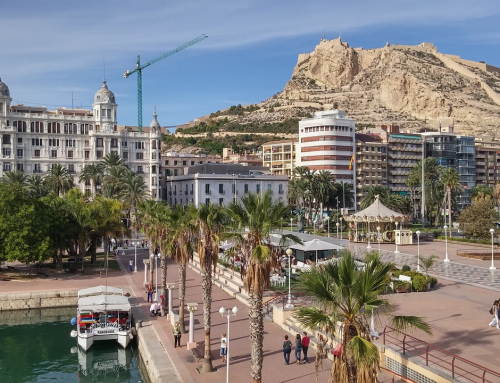砂の女(映画)
たまたま大学のホールで上映された、安部公房の原作・脚本による邦画。
僕にもチンプンカンプンの映画だったが、少し前に読んだ安部公房の「壁」という短編集を思い出し、僕はこの映画のテーマを「壁」にこじつけた。(僕はこじつけが得意なのだ)
映画の解説文を書いているようなつもりになり、「ほら、必死で脱出を試みた主人公の壁の向こうには何も無かったよ・・・」てな具合に。
欧米文化にも、The grass is always greener on the other side of the fence. (隣の庭の芝生はいつも青い)という有名なフレーズがある。
それにこじつけてあげれば、彼らも “Aha!!”(なるほど!)と言って、この難解な映画を理解できたような気分になる。
原文はこちら:
Woman in the Dunes
When one is travelling or staying in a foreign country, coming across the culture of his native country often gives him a feeling of relief. I was expecting the same effect when I went to see the Japanese movie “Woman in the Dunes.” Its Japanese title is “Suna no Onna”, and was originally written by the famous Japanese writer Kobo Abe, with whose works I am pretty much familiar. I remember his being a strange writer who sets up all kinds of unusual and imaginative incidents in his novels, and I could never practically understand some of his novels. One of his books, for example, was entitled “The Wall,” which contained several short novels, but I could only find one among them which seemed to have any relation at all with the idea of “wall.”
What I found in the movie, however, was not a feeling of confusion, nor was it merely the experience of mental relief. I actually succeeded in putting together almost all the strange incidents he sets up in his novels, especially this one, in terms of “wall.”.
The movie is about the man who got sick of his social life and came to the dunes in the country to collect insects. But he gets trapped by the villagers and is forced to stay for years with a strange woman in an awful house. At first he tries to escape, but only in vain, and he finally finds comfort when he stops thinking about escape and finds something interesting in his actual life.
I tried to understand this movie in terms of “wall,” as I would do with most of his other works. The dune which prevents him from escaping represents the wall, and the movie deals with the contrast between the inside and the outside of the wall. It seems to be a mere description of how the central character reacts to this strange environment, but one soon notices that his problem is not the surroundings; he is only suffering from his own negative attitude of escape, which is clearly shown in his last remarks when he intentionally stops his desperate efforts of escape.
The “wall” separates the world into two: the one inside, and the one outside. People try to get out of the inside world which is too often discouraging to them, and look for something new and stimulating. But when they actually get out of the place, they find nothing, just like the desolate dunes which were all that the hero could find.
Watching this movie, I got the impression that the author tries to keep us inside the wall and makes us look at ourselves instead of others and learn that the real comfort or happiness lies within our own attitude toward life, not in the world outside.








Leave A Comment